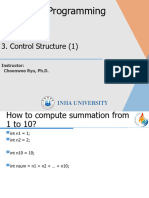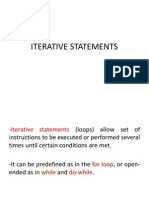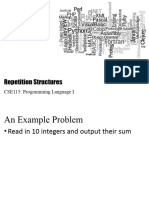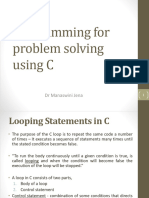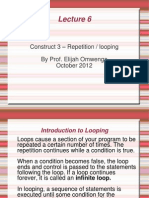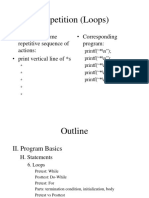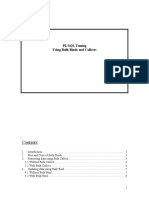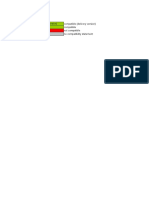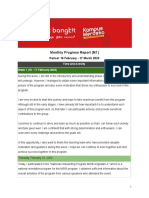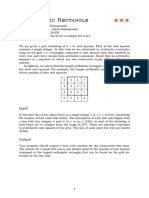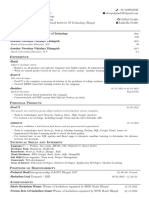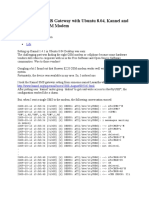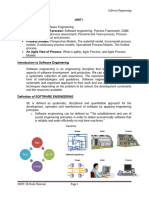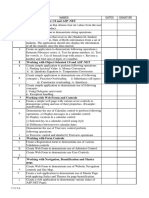0% found this document useful (0 votes)
24 views8 pages3.loop Control Statements
The document discusses loop control statements in C programming, explaining entry-controlled and exit-controlled loops. It details the syntax and usage of 'while', 'for', and 'do' statements, providing examples for each. Additionally, it includes various programming exercises demonstrating the implementation of loops for tasks such as printing series, calculating factorials, and checking for prime numbers.
Uploaded by
AbadullahCopyright
© © All Rights Reserved
We take content rights seriously. If you suspect this is your content, claim it here.
Available Formats
Download as DOC, PDF, TXT or read online on Scribd
0% found this document useful (0 votes)
24 views8 pages3.loop Control Statements
The document discusses loop control statements in C programming, explaining entry-controlled and exit-controlled loops. It details the syntax and usage of 'while', 'for', and 'do' statements, providing examples for each. Additionally, it includes various programming exercises demonstrating the implementation of loops for tasks such as printing series, calculating factorials, and checking for prime numbers.
Uploaded by
AbadullahCopyright
© © All Rights Reserved
We take content rights seriously. If you suspect this is your content, claim it here.
Available Formats
Download as DOC, PDF, TXT or read online on Scribd
/ 8







